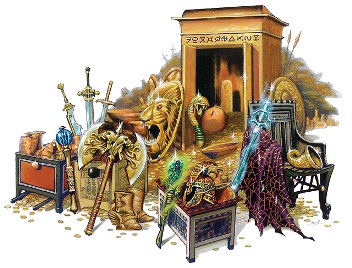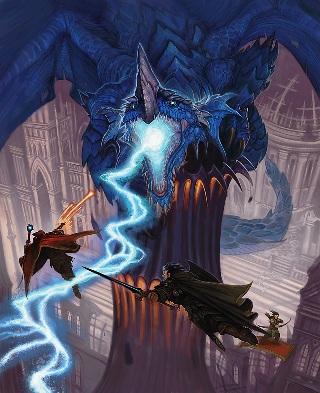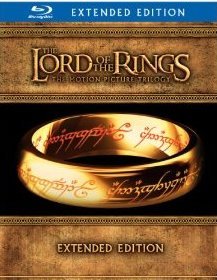
 In case you missed it, the much anticipated Blu-ray extended version of the Lord of the Rings trilogy was recently released. Well worth the wait, as the seamlessly integrated bonus footage of the extended version of the trilogy can finally be seen in all its Blu-ray glory!
In case you missed it, the much anticipated Blu-ray extended version of the Lord of the Rings trilogy was recently released. Well worth the wait, as the seamlessly integrated bonus footage of the extended version of the trilogy can finally be seen in all its Blu-ray glory!
Much like the original (and hopefully August’s) Conan the Barbarian is beloved among hosts of D&D fans, so too are the Lord of the Rings movies, which set a new and impressive standard in fantasy genre filmmaking.
And perhaps unlike any movies before them, the LotR films attracted all types of movie fans for the first time to the world of fantasy, creating new fantasy fans and D&D players since their release in the early 2000’s.
How high does the Lord of the Rings trilogy rate? The three movies boast a combined 1.2 million-plus votes and occupy three of the five top spots in IMDb’s Top Rated Fantasy Movies of All Time, including LotR: Return of the King at #1. Though the fantasy genre is rather loosely defined on this list, there are other modern classics on there which I also adore, such as Pan’s Labyrinth (#11) and Avatar (#28).
And if you’re into torturing yourself (or others who deserve it!), you can always check out the Worst Fantasy Movies of All Time below the Top 50 on that same page. I’m inclined to throw the original Dungeons & Dragons (2000) movie in there (just horrible!), but apparently, that’s somehow too harsh?
Ironically, the D&D movie came out right around LotR: The Fellowhip of the Ring (2001), so we have Peter Jackson to thank for saving the fantasy genre from the doom promised just months prior by the D&D movie. At least its direct-to-DVD sequel was decent by comparison – I didn’t cringe or feel nauseous throughout unlike its predecessor.
Does your top five fantasy genre movies of all time include the Lord of the Rings trilogy? And on the flip side, what fantasy movie should have never, ever seen the light of day?
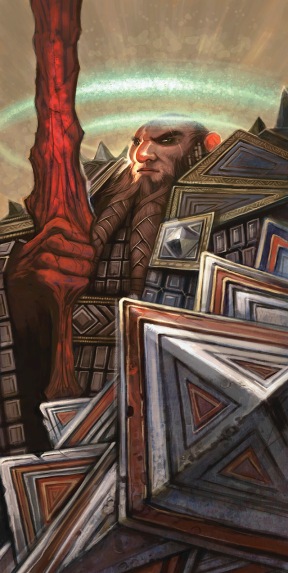
![]() D&D combat is the tactically richest it’s ever been in 4e: class synergy is high and team play is greatly rewarded. One simple but important consideration is the initiative or reaction speed of your party by class role.
D&D combat is the tactically richest it’s ever been in 4e: class synergy is high and team play is greatly rewarded. One simple but important consideration is the initiative or reaction speed of your party by class role. 
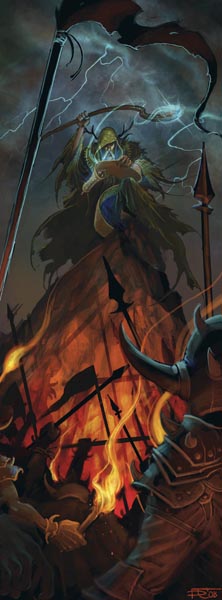
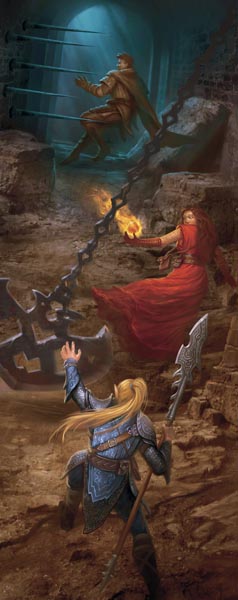
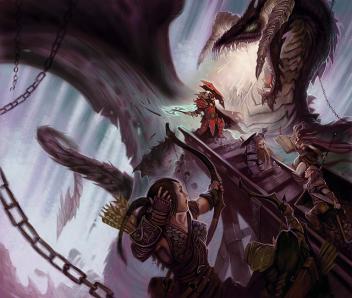
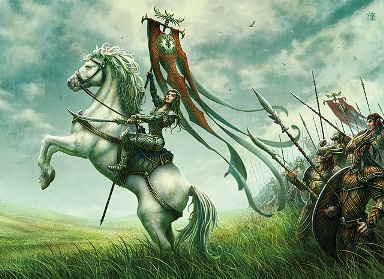
 You regain hit points as if you had spent a healing surge.
You regain hit points as if you had spent a healing surge.